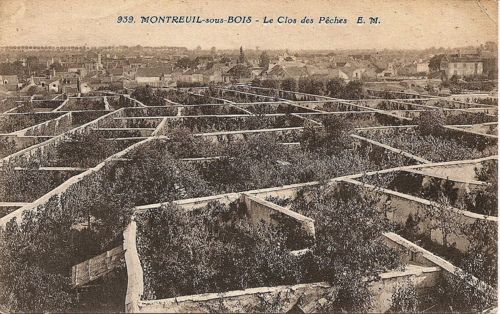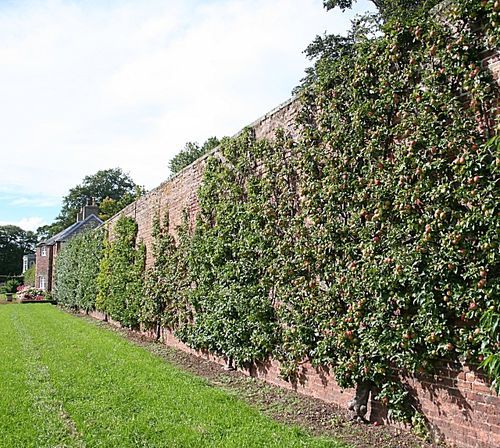NWPI 2016 Salem free film series starts February 25th!
The NWPI offers a free film series in Salem, Oregon on the 4th Thursday of the month, February-October in 2016. We are lining up films and speakers on transition towns, natural building, worms, and other permaculture topics. We are also considering repeating key films that have gotten many repeat requests. So, as we finalize the series for 2016, we’d like feedback from you. Please send an email letting us know which films you’d like to see again, and what topics interest you for future films? If you are not already on our mailing list, keep up to date on our events by sending an email with “subscribe” in the subject line to, nwperma at gmail.com.
NWPI will be offering our 36 hour, Permaculture Essentials for the Pacific NW, class again starting in September. If we have enough interest in a Saturday morning summer series, we may offer it then as well. Please contact us as soon as possible if you are interested in taking classes, as seats fill up fast. NWPI will also be offering our two 12 hour follow up classes that complete the PDC, Permaculture Solutions for Recharging Landscapes with Water and Earth, and, Permaculture Strategies for Community Building and Global Repair, 2016 dates TBD.
We were impressed with this article on the history of fruit walls and wanted to share the link with you below. Happy 2016 from NW Permaculture Institute!

Fruit walls in Montreuil, a suburb of Paris
Fruit Walls: Urban Farming in the 1600s, by Kris De Decker
We are being told to eat local and seasonal food, either because other crops have been transported over long distances, or because they are grown in energy-intensive greenhouses. But it wasn’t always like that. From the sixteenth to the twentieth century, urban farmers grew Mediterranean fruits and vegetables as far north as England and the Netherlands, using only renewable energy.
These crops were grown surrounded by massive “fruit walls”, which stored the heat from the sun and released it at night, creating a microclimate that could increase the temperature by more than 10°C (18°F).
Later, greenhouses built against the fruit walls further improved yields from solar energy alone. It was only at the very end of the nineteenth century that the greenhouse turned into a fully glazed and artificially heated building where heat is lost almost instantaneously — the complete opposite of the technology it evolved from….
To read more, visit lowtechmagazine.com

An English fruit wall. Wikipedia Commons
